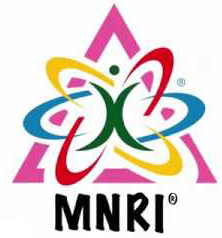
Primitive reflexes are present at birth and typically remain active until the age of 6-12 months.
These are specific, automatic movements that originate at the brain stem and are performed without cortical (conscious) involvement.

Non-integrated reflexes impact the fluidity and smoothness of movement. Once primitive reflexes are integrated, postural reflexes emerge. As postural reflexes are practiced, more mature patterns of response can supersede the primitive reflex responses. Postural responses are automatic reactions for the maintenance of balance, stability and flexibility throughout the body. When absent or underdeveloped, postural reflexes negatively contribute to an individual’s adaptation, problem solving, linking, multi-processing, sequencing and coping with large volumes of information, coordination, as well as associated disorders such as dyspraxia, “clumsy child” syndrome, apraxia, etc.
At ATA, we have taken parts of different training models to promote the work we need to do in sensory integration. Our therapists have taken courses through MNRI (Svetlana Masgutova) as well as through Rhythmic Movement training (RMT). Maude Le Roux has also researched other sources, including Sally Goddard, to complete the battery we use today. ATA developed their own scale of assessment and includes this as one part of our comprehensive assessments.
Schedule a Free Phone Consultation
Click here to complete the intake form and receive a FREE Consultation call so an expert can give specific insight about your/your child’s situation.
